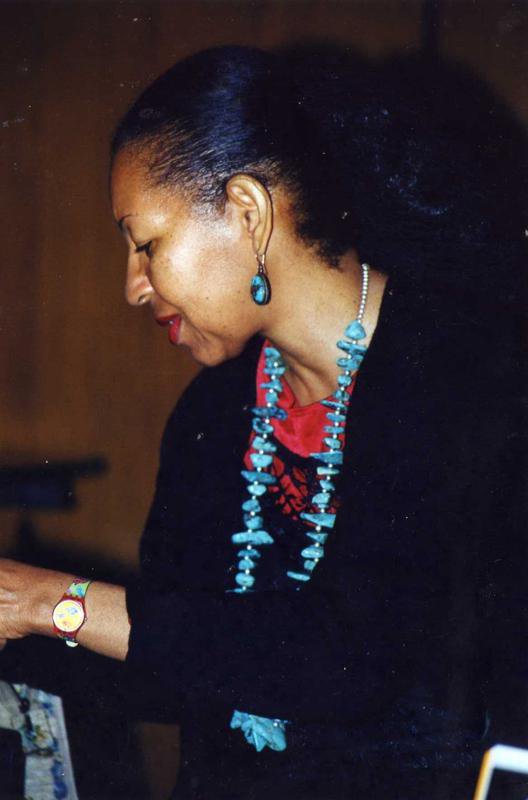Discovery of Neanderthal Bone Processing Site Challenges Prehistoric Perceptions

In a groundbreaking archaeological discovery, researchers have unearthed evidence of an ancient Neanderthal 'fat factory' near Halle, Germany, which dates back approximately 125,000 years. This site, known as Neumark-Nord, reveals sophisticated bone processing techniques that challenge long-held perceptions of Neanderthal intelligence and resource management.
The excavation, conducted by a team from the MONREPOS Archaeological Research Center, uncovered over 100,000 bone fragments from at least 172 large mammals, including horses and deer. The bones exhibited cut marks and signs of intentional breakage, indicating deliberate butchering rather than simple leftovers from hunting. The findings suggest that Neanderthals engaged in organized strategies for resource management, which included planning hunts and extracting fat and marrow from the bones for nutritional purposes.
According to Dr. Lutz Kindler, an archaeologist at MONREPOS, "This was intensive, organised, and strategic. Neanderthals were clearly managing resources with precision – planning hunts, transporting carcasses, and rendering fat in a task-specific area." The research indicates that Neanderthals had a keen understanding of the nutritional value of fat and developed methods to access it efficiently, which included caching carcass parts in the landscape for later use.
The significance of this discovery lies not only in its implications for understanding Neanderthal behavior but also in the broader context of human evolution. Previous studies have shown that Neanderthals possessed capabilities that were once thought to be unique to modern humans, such as complex tool use, social structures, and possibly even forms of communication. The study of the Neumark-Nord site contributes to the growing body of evidence suggesting that Neanderthals were more advanced than previously believed.
Dr. Sabine Gaudzinski-Windheuser, also from MONREPOS, emphasized the scale of the bone processing found at this site, stating, "Bone grease production requires a certain volume of bones to make this labour-intensive processing worthwhile, hence the more bones assembled, the more profitable it becomes." This indicates a level of foresight and planning that speaks to the intellectual capacities of Neanderthals.
The Neumark-Nord site is particularly valuable due to its size and preservation, providing researchers with a unique opportunity to study how Neanderthals interacted with their environment. As noted by Fulco Scherjon, a computer scientist involved in the research, "The sheer size and extraordinary preservation of the Neumark-Nord site complex gives us a unique chance to study how Neanderthals impacted their environment, both animal and plant life. That's incredibly rare for a site this old – and it opens exciting new possibilities for future research."
The findings were published in the journal Science Advances, marking a significant contribution to the understanding of Neanderthal life and their capacity for innovation. While much remains unknown about the reasons for the eventual extinction of Neanderthals, studies like this one continue to shed light on their complex behaviors and societal structures, challenging the narrative that has long depicted them as primitive predecessors to modern humans. As archaeological methods advance and more sites are studied, the story of Neanderthals will undoubtedly evolve further, revealing more about their lives and the world they inhabited.
Advertisement
Tags
Advertisement




